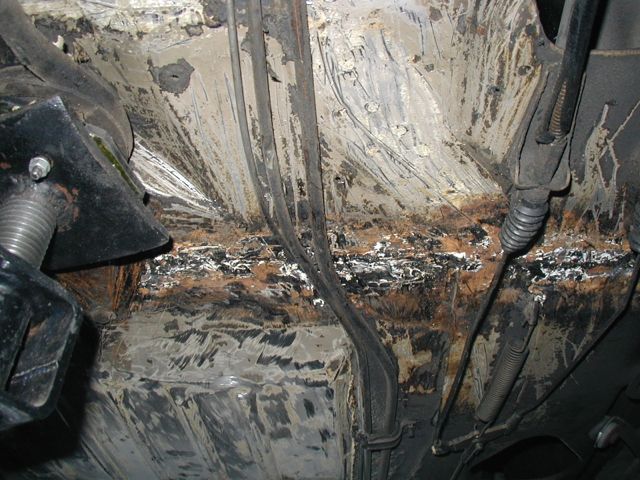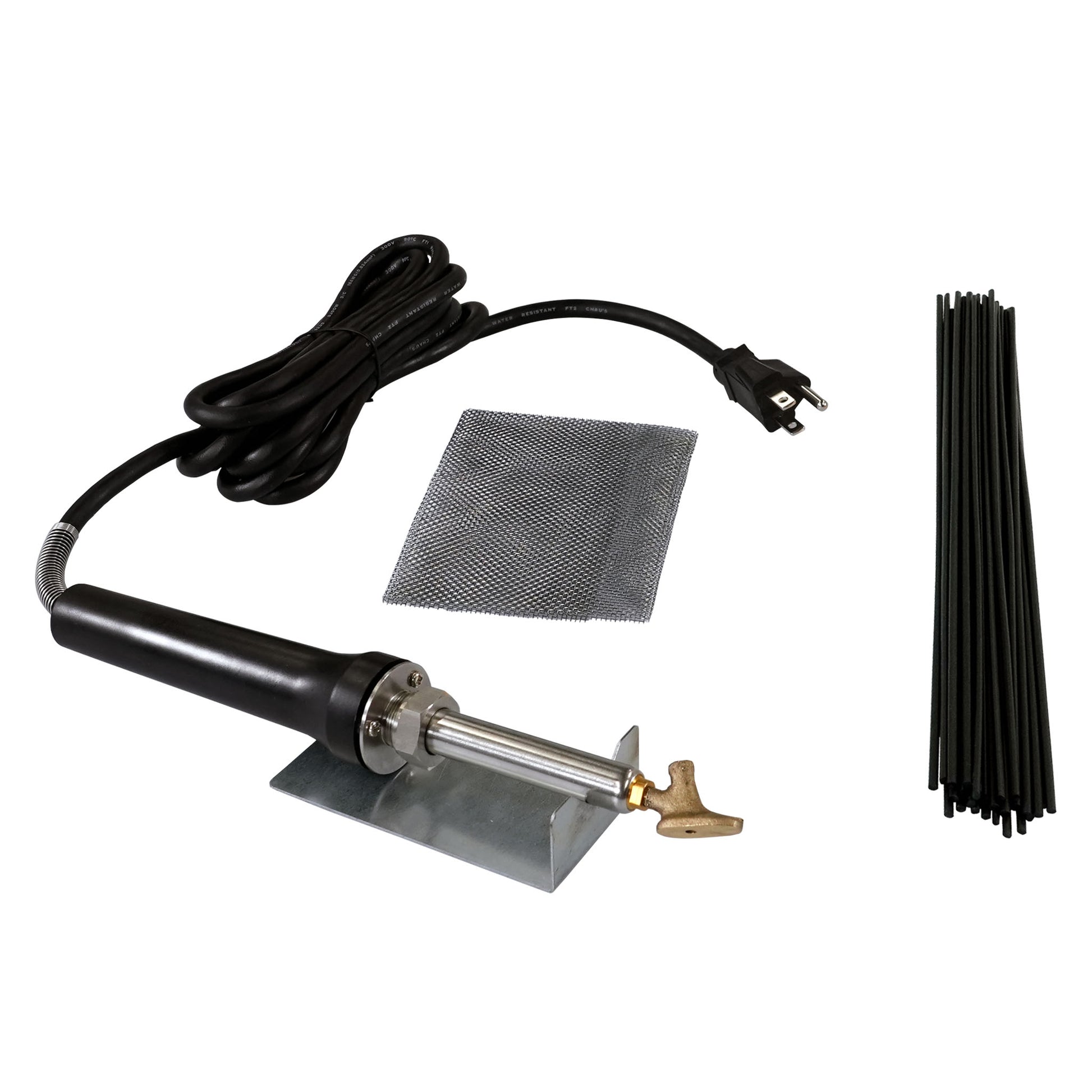Usual Welding Fixing Issues and Just How to Address Them Successfully
Welding fixings usually encounter a variety of issues that can jeopardize the honesty of the last item. Usual troubles consist of insufficient penetration, porosity, and misalignment, to name a few. Each issue presents special obstacles that call for certain techniques for resolution. Understanding these issues is crucial for welders intending to improve their outcomes and abilities. This conversation will certainly discover these typical welding repair issues and effective methods to address them.
Insufficient Penetration
Poor infiltration happens when the weld steel fails to fully fuse with the base material, causing weak joints and possible structural failures. This problem often stems from not enough warm input, incorrect electrode angle, or incorrect welding speed. Welders may experience inadequate infiltration because of a mistake of the needed specifications for a certain material density or type. Furthermore, contamination on the base material's surface can prevent efficient bonding, exacerbating the issue. To address poor infiltration, welders must guarantee proper settings on their devices and preserve a tidy job surface. Regular assessment of welds is advised to determine any type of shortages early, enabling timely improvements and the prevention of endangered architectural stability in welded settings up.
Porosity
Porosity is a typical defect in welded joints that shows up as small gas bubbles caught within the weld steel. This problem can jeopardize the honesty of the weld, bring about minimized toughness and potential failure under stress. Belgrade Welding. Porosity typically arises from contamination, moisture, or incorrect welding methods, which enable gases to get away right into the liquified weld swimming pool. To resolve porosity, welders need to assure correct surface area prep work, keep a tidy working atmosphere, and utilize ideal welding parameters. Additionally, selecting the best filler product and securing gas can minimize gas entrapment. Normal examination and screening of welds can aid identify porosity early, assuring timely restorative actions are taken, thus protecting the quality and reliability of the welded framework
Misalignment
Misalignment in welding can emerge from numerous aspects, consisting of incorrect configuration and thermal growth. Understanding the root creates is vital for efficient resolution. A number of improvement methods are offered to realign components and assure structural honesty.
Root causes of Imbalance
Welding misalignment typically stems from a selection of underlying concerns that can endanger structural honesty. One main cause is improper fit-up of elements before welding, which can cause spaces and uneven surface areas. Variants in thermal expansion throughout the welding process can also cause distortion, especially if the products being joined have different coefficients of expansion. In addition, insufficient securing and fixturing might fail to hold parts safely in position, causing movement throughout welding. Badly conserved equipment, consisting of welding devices and devices, may present disparities in the weld grain, further contributing to misalignment. Driver error, stemming from not enough training or experience, can likewise play a substantial role in developing misaligned welds.

Modification Methods Readily Available
Resolving imbalance properly calls for a combination of corrective techniques tailored to the specific issues at hand. One common method is using jigs or fixtures to hold parts in the appropriate position during welding, making sure regular alignment. Additionally, preheating the products can aid reduce distortion and boost fit-up. For considerable misalignment, mechanical realignment techniques, such as using hydraulic jacks or clamps, can be used to remedy the position prior to welding. Post-weld warm treatment might additionally be necessary to alleviate stresses triggered by imbalance. Mindful examination and modification throughout the configuration stage can avoid misalignment problems from coming to be considerable troubles, promoting a smoother welding procedure and enhancing general architectural integrity.
Distortion
Distortion is a common difficulty in welding that can develop from numerous factors, including unequal cooling and heating. Recognizing the sources of distortion is necessary for implementing effective avoidance techniques. Addressing this problem not just boosts structural integrity but also enhances the general top quality of the weld.
Reasons of Distortion
When based on the intense warm of welding, products commonly undergo changes that can cause distortion. This phenomenon primarily occurs from thermal growth and contraction during the welding procedure. As the weld area heats up, the product increases; upon air conditioning, it gets, which can develop interior anxieties. Furthermore, irregular home heating across a workpiece can exacerbate these stresses, resulting in bending or flexing. The sort of material likewise plays a substantial duty; steels with varying thermal conductivity and coefficients of expansion may react in different ways, leading to uncertain distortions. In addition, bad joint design and inadequate fixturing can add to misalignment throughout welding, raising the chance of distortion. Recognizing these causes is important for effective welding repair and prevention strategies.
Avoidance Techniques
Reliable prevention techniques for distortion during welding concentrate on regulating warm input and guaranteeing proper joint design. Keeping a consistent warm input helps to lessen thermal growth and tightening, which can result in distortion. Making use of strategies such as preheating the workpiece can likewise reduce the read this temperature level gradient, advertising uniform home heating. Additionally, picking suitable joint styles, such as T-joints or lap joints, can enhance stability and lower tension focus. Carrying out proper fixturing to protect the work surfaces in position additionally aids in preserving positioning throughout the welding process. Lastly, staggered welding series can distribute warm extra evenly, stopping local distortion. By applying these techniques, welders can significantly reduce the chance of distortion and improve the general high quality of their welds.
Fracturing
Cracking is a typical problem encountered in welding repair services, frequently arising from different aspects such as incorrect cooling prices, material option, or poor joint preparation. The incident of fractures can substantially endanger the integrity of the weld, leading to potential failures during operation. To address this concern, welders have to initially evaluate the source, making certain that products are suitable and properly picked for the specific application. Additionally, controlling the cooling price during the welding process is crucial; quick air conditioning can cause tension and lead to cracking. Appropriate joint design and prep work additionally add to decreasing the threat. Applying these approaches can boost weld top quality and durability, eventually decreasing the likelihood of splitting in completed weldments.

Incomplete Combination
A significant problem in welding repair work is insufficient fusion, which happens when the weld metal does not properly bond with the base material or previous weld passes - Montana Mobile Welding and Repair Belgrade Welding. This flaw can result in weak points in the joint, possibly compromising the integrity of the bonded structure. Aspects adding to incomplete fusion include inadequate warm input, inappropriate welding technique, and contamination of the surfaces being joined. To address this concern effectively, welders ought to guarantee appropriate pre-weld cleansing and surface area preparation, as well as change their welding specifications to accomplish ample infiltration and fusion. Regular evaluation throughout the welding procedure can additionally help identify incomplete fusion early, enabling timely corrective procedures to enhance the total top quality straight from the source of the weld
Overheating
While welding repairs can enhance architectural stability, overheating provides a significant challenge that can lead to product deterioration. Extreme warm during welding can alter the mechanical residential or commercial properties of steels, resulting in minimized stamina, boosted brittleness, and bending. This phenomenon is particularly important in high-stress applications where structural dependability is critical. Recognizing getting too hot can entail visual inspections for staining or distortion, in addition to monitoring temperature level during the welding process. To reduce the risks connected with getting too hot, welders need to use suitable methods, such as controlling warmth input, changing traveling rate, and using suitable filler products. In addition, applying pre- and post-weld warm treatments can aid recover material properties and improve the overall high quality of the repair, making certain long-lasting efficiency and safety.
Regularly Asked Concerns
What Are the Common Indications of a Welding Problem?

How Can I Evaluate My Welds for Quality?
To evaluate welds for quality, one can utilize visual evaluations, ultrasonic testing, and radiographic methods. Each technique guarantees architectural honesty, recognizes problems, and verifies adherence to specified standards, inevitably boosting the integrity of the welded joints.
What Safety Safety Measures Should I Take While Welding?
When welding, one must prioritize safety by wearing proper personal protective tools, making sure appropriate ventilation, protecting flammable materials away, keeping a tidy work space, and recognizing surroundings to avoid accidents and injuries.
Can I Repair a Weld Without Redoing the Entire Joint?
Repairing a weld without remodeling the whole joint is possible, relying on the damage (Montana Mobile Welding and Repair). Methods such as grinding, adding filler product, or using a welding procedure can efficiently address details imperfections while protecting the bordering structure
What Tools Are Essential for Reliable Welding Repair Works?
Crucial tools for efficient welding repair work consist of a welding machine, cord brush, grinder, protective gear, clamps, and filler products. Each tool plays a crucial duty in making sure quality and security throughout the repair work procedure. Porosity commonly emerges from contamination, wetness, or incorrect welding techniques, which enable gases to leave right into the molten weld pool. Poorly kept devices, consisting of welding machines and tools, may present variances in the weld grain, more contributing to misalignment. When subjected to the intense warm of welding, products frequently go through adjustments that can lead to distortion. Fracturing is an usual concern encountered in welding repairs, typically resulting from different elements such as incorrect air conditioning prices, material choice, or insufficient joint preparation. A considerable problem in welding repair services is incomplete fusion, which happens when the weld why not try here metal does not effectively bond with the base product or previous weld passes.